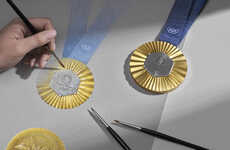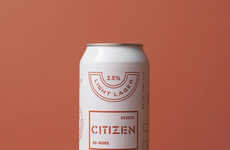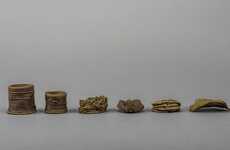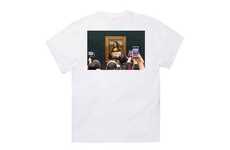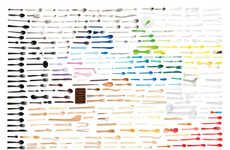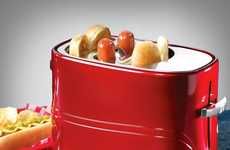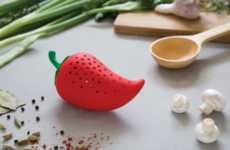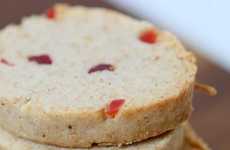This Arc de Triomphe Made from Uneaten Bread Depicts Food Waste
References: agencyinbiosphere & psfk
Designer Markus Jeschaunig recently put together this replica of the famous French Arc de Triomphe entirely from discarded bread. The hope was that this massive bread sculpture would draw attention to how much food goes wasted each year.
Jeschaunig is as much a designer as he is an advocate for food sustainability. He believes that consumers are under the misguided impression that our resources are available indefinitely when they are in fact dwindling. In Europe there is a ton of food that goes uneaten and wasted each year. As a result, this Arc de Triomphe was recreated using wired cages filled with discarded bread loaves. This recreation of the Arc de Triomphe hopes to bring that unsettling fact to the attention of many.
Jeschaunig is as much a designer as he is an advocate for food sustainability. He believes that consumers are under the misguided impression that our resources are available indefinitely when they are in fact dwindling. In Europe there is a ton of food that goes uneaten and wasted each year. As a result, this Arc de Triomphe was recreated using wired cages filled with discarded bread loaves. This recreation of the Arc de Triomphe hopes to bring that unsettling fact to the attention of many.
Trend Themes
1. Food Waste Awareness - Creating art and sculptures from discarded food is a potential disruptive innovation opportunity to raise awareness about food waste.
2. Sustainable Design - Integration of sustainable materials such as food waste into design is a potential disruptive innovation opportunity in various industries.
3. Circular Economy - Implementing a circular economy approach to reduce food waste and utilize food waste as a resource is a potential disruptive innovation opportunity.
Industry Implications
1. Food Industry - The food industry can potentially benefit from a circular economy approach by reducing food waste and utilizing food waste as a resource for food production to increase sustainability.
2. Art Industry - The use of discarded food materials in art and design can potentially disrupt the traditional art industry and bring attention to sustainability issues.
3. Architecture and Construction Industry - The integration of sustainable materials such as food waste in architecture and construction can potentially disrupt traditional building materials and contribute to a circular economy approach.
1.2
Score
Popularity
Activity
Freshness
